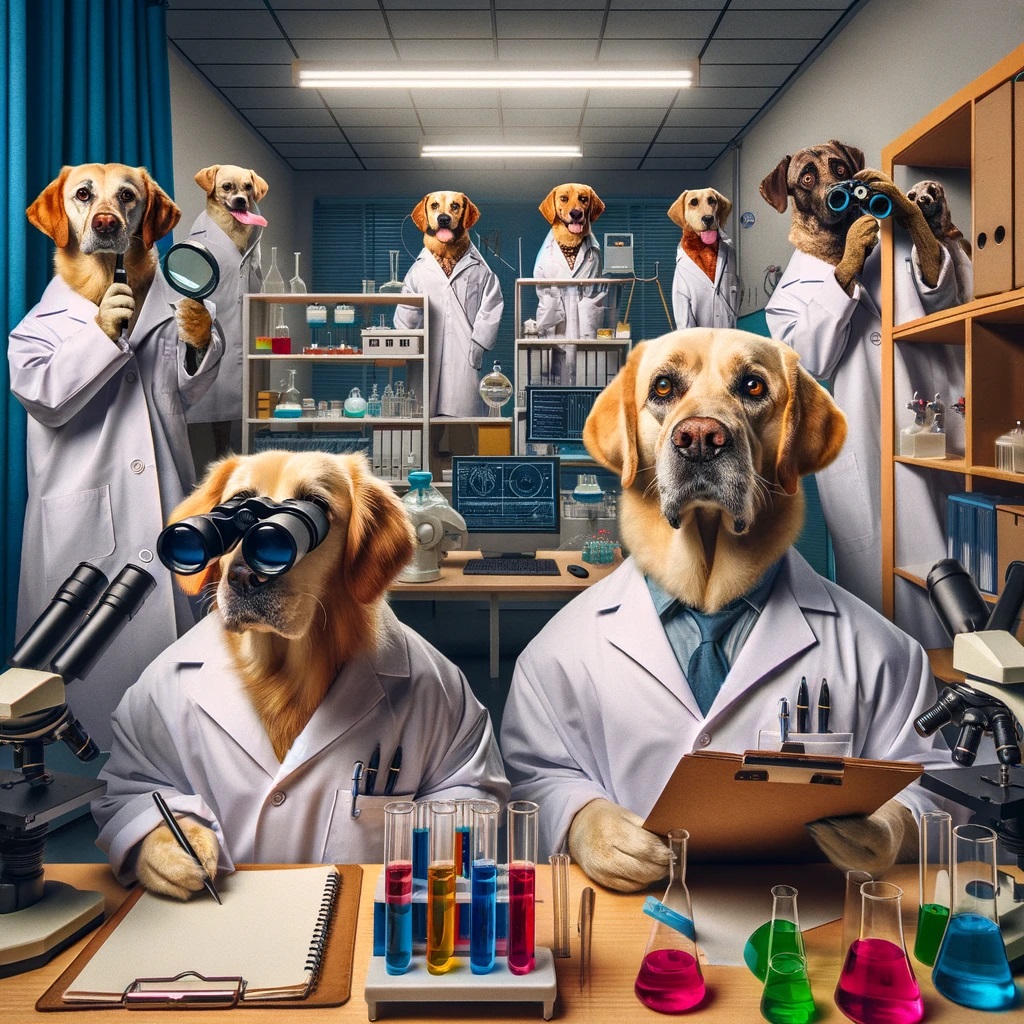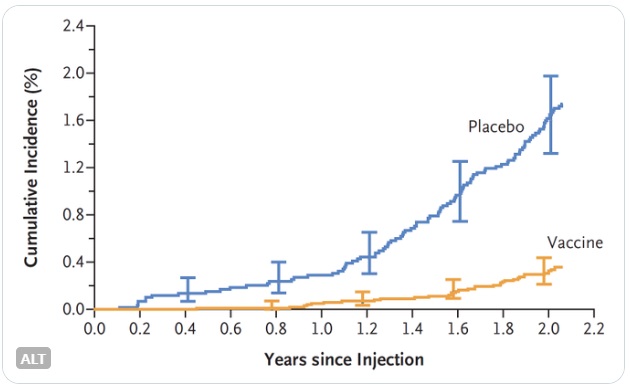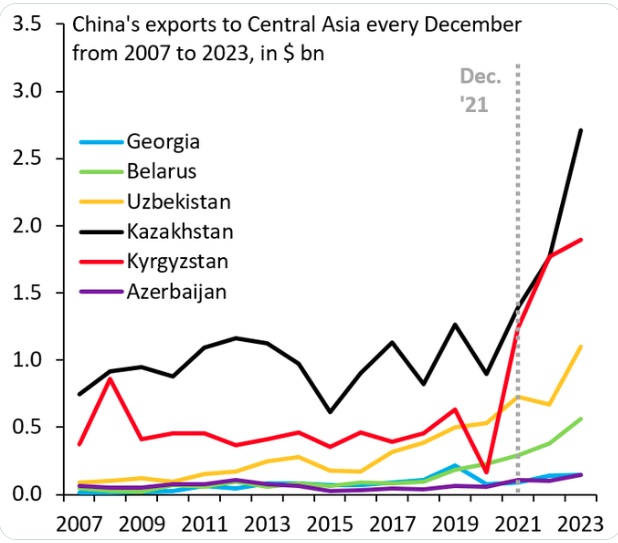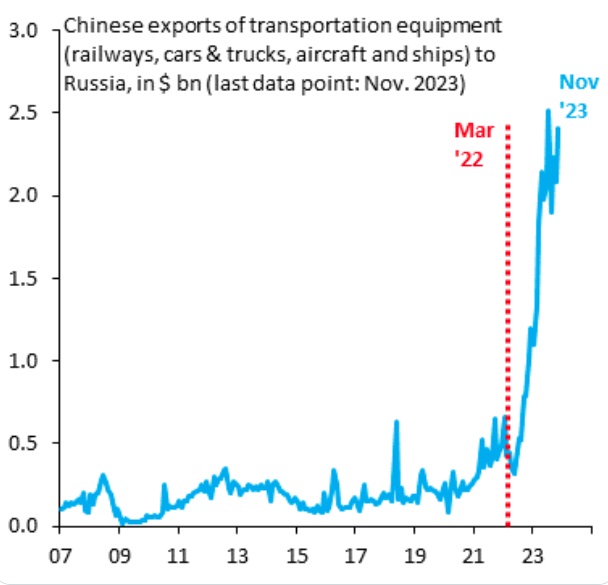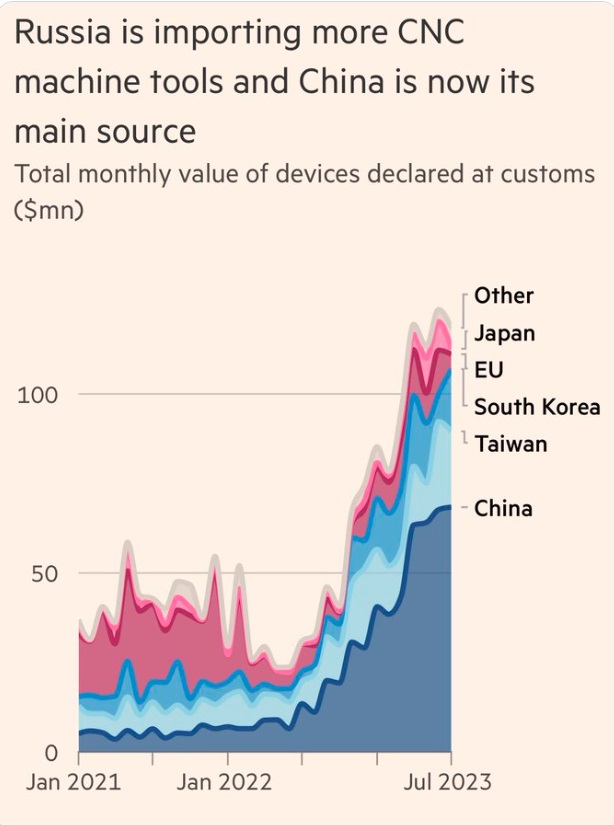It’s unclear to us how the creators of The Brothers Sun, a new show on Netflix, were able to gain such insight into the International Need to Know spouse. Charles, one of the eponymous brothers, likes to bake, is a big fan of the soap opera General Hospital and develops a strange yet endearing fixation on churros. Hmm, this sounds very familiar. Thankfully our spouse is not a psychopathic killer like Charles, as far as we know. The Brother Sun is great fun. We are a sucker for immigration stories, which in part this show is. It captures wonderfully a slice of the Chinese-American culture, at least in our experience. And the show is a wonderful explication of globalization and mashing together of various cultures.
Perhaps the best example of this is a scene in episode 6 where a large martial arts fight breaks out at a Southern Californian driving range (thanks, Scotland for the golf), to the soundtrack of Bo Wang’s Mandarin cover of Cat Stevens (now Yusuf Islam, born in London to a Greek Orthodox father and Baptist mother and later converted to Islam) song, The First Cut is the Deepest. It’s an incredible scene but also one that shows that the many disparate parts of our world and its multitude of cultures adds up to an incredible whole. In honor of Charles and Bruce Sun we take a playful kick at facial recognition for dogs, karate chop dengue fever and save the final cut for China’s alliance with Russia. It’s this week’s International Need to Know, the Super Bowl of global data, the Joni Mitchell Both Sides Grammy’s performance of international information.
If you haven’t watched Joni Mitchell’s astonishing performance of her old song, Both Sides Now, do so immediately. It’s remarkable to see 80-year-old Joni’s interpretation of her 23-year-old self’s composition. Both Sides indeed. And notice the reactions by young, middle age and old singers in the audience. Truly a performance for the ages.
We will be busy eating king cake, clutching float throws and dancing in the streets next week in honor of Mardi Gras. Back on Thursday, February 22.
Without further ado, here’s what you need to know.
Go Dog Go
Facial recognition has all sorts of worrisome connotations. Folks are understandably concerned about its abuse by authoritarian governments, its misuse by entities in democracies, including law enforcement and even by certain owners of NBA teams prohibiting fans they don’t like from entering their arenas. But what we didn’t realize is facial recognition technology can also be used for non-human species, and for the good. A recent report featuring researchers from Washington State University (Go Cougs? Shouldn’t Huskies be involved in this research?) highlights its use in the fight against rabies, which is still a big problem in Africa and Asia. It turns out that most rabies transmission to humans comes from dogs. So the solution is to vaccinate dogs (save for the beagle there is very little anti-vax sentiment in the canine world). Researchers used a facial recognition app at a rabies vaccination clinic in Tanzania. WSU Insider reports, “operators identified 76.2% of vaccinated dogs and 98.9% of unvaccinated dogs.” And now they can vaccinate the unvaccinated dogs and prevent rabies infections, which each year kills about 60,000 people in Asia and Africa. Just don’t let the cats get a hold of this technology.
Screw You Dengue Fever
We appear to be in the age of vaccines, with new coronavirus, malaria, anti-cancer and other vaccines either recently developed or in the works. And now last week came news that an effective vaccine against Dengue Fever has been developed. The New England Journal of Medicine reports that “In a trial involving 16,235 persons in Brazil, the live, attenuated, tetravalent Butantan vaccine was efficacious in all age groups at 2 years.” In fact, the vaccine had nearly 80 percent efficacy for those with no previous exposure to the disease and nearly 90 percent efficacy to those with a prior exposure. Dengue, which might at first appear as flu-like symptoms but then attacks your internal organs, affects nearly 400 million people each year so an effective vaccine would be a big deal. Let’s hope this vaccine era keeps marching on, sparing more and more humans from horrible diseases. Now if we can only get certain people to get vaccinated. C’mon beagles.
China Corner: China and Russia Are Allies
In a recent speech about China, we showed how its exports to the United States went down the last year and that its exports to places like Vietnam and Mexico—which are exporting more to the U.S., have not gone up that much. But do you know where China’s exports have increased tremendously? To Russia (with love). And to other countries such as Kyrgyzstan that then re-export the goods to Russia as you can see in the first graph below from Robin Brooks. In addition, Brooks reports that “China’s exports of transportation equipment to Russia – that’s everything from railway cars to autos and trucks as well as aircraft and ships – have risen +800% since Russia invaded Ukraine.” You can see that in the second chart below from Brooks. At the same time, China is sending an increasing amount of machine tools which is helping Russia rearm its military as you see in the third chart below. And, of course, China and Russia’s two defense ministers recently met. After the meeting, China’s defense minister, Dong Jun, said that China and Russia will, “firmly respond to global challenges and continue to enhance mutual strategic trust”. So, yes, China and Russia are an alliance, one bent on changing the global order to one with an authoritarian bent. Put that into your geopolitical (and domestic political) calculations.

